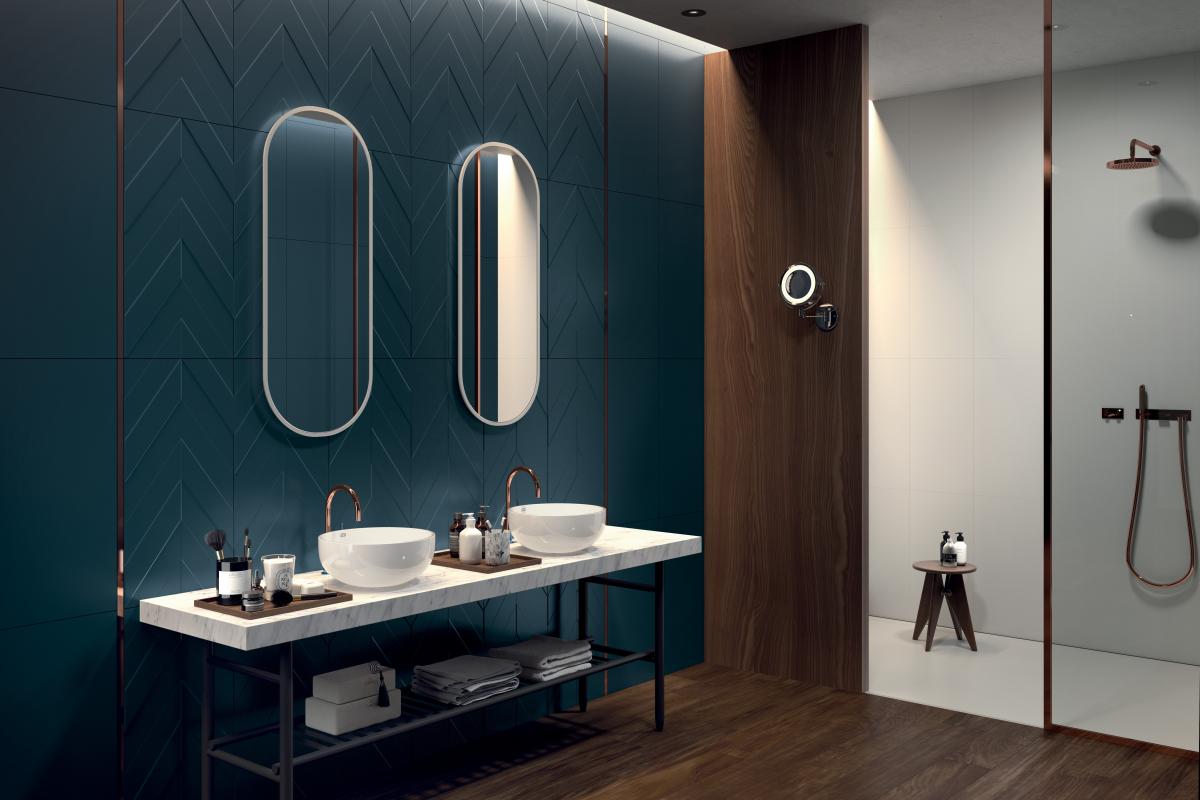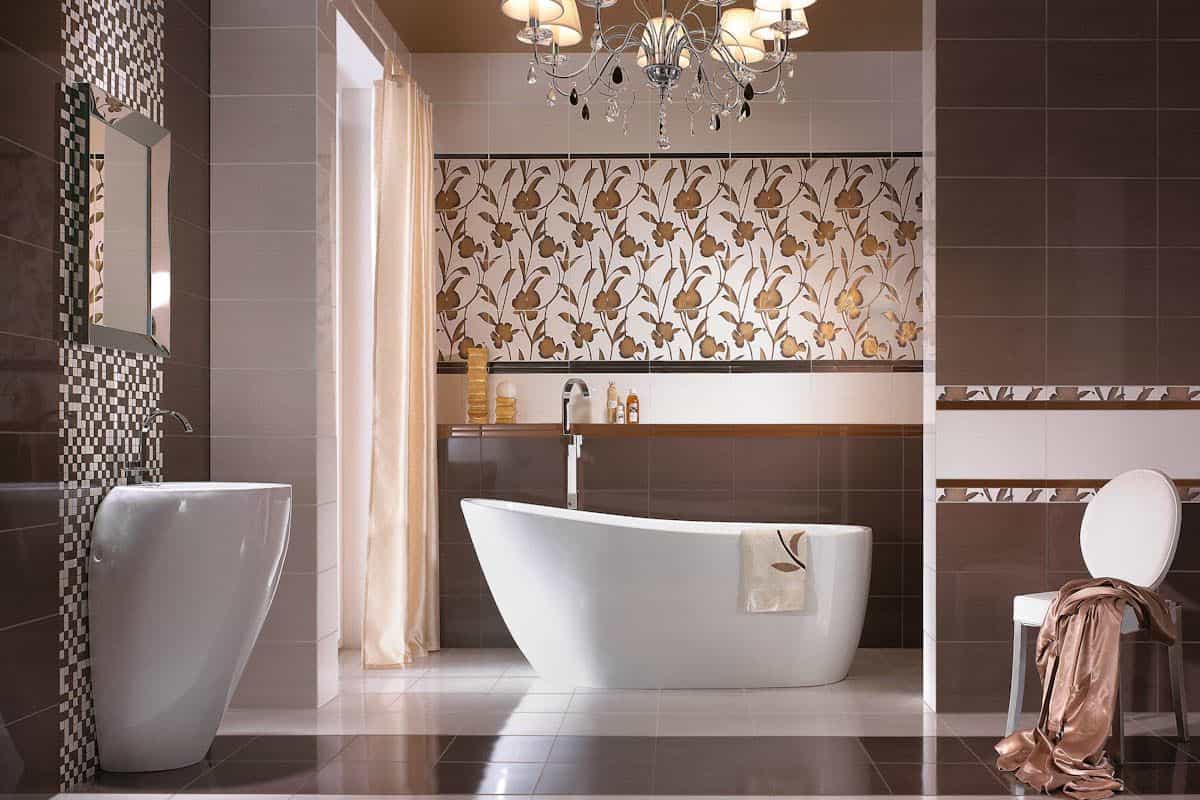When it comes to choosing ceramic tiles of 80 x 40, there are a few things you should consider and get familiar with. In point of fact, the design, color, or size of the item are not the things that come first.
Because there is such a wide selection of tile collections now available, you will undoubtedly be able to locate an appropriate pattern within the appropriate category.
So, where exactly do you plan on laying down your tile?
Certain kinds were developed specifically for certain uses, and their characteristics reflect this tailoring.
EXTERIOR PROJECTS
For usage in outdoor settings, you need tiles that are weatherproof, meaning they won’t get discolored by the sun or crack due to variations in temperature.
If you reside in California, you don’t need frost-resistant tile, but if you live in Washington, DC, you should look for a “snowball mark” on tile packages.

If heavy precipitation is common in your region, give preference to tiles with a porosity of less than 0.5% because they can withstand a greater number of freeze-thaw cycles.
However, the choice depends on the local climate. If you inhabit California, you don’t need frost-resistant tile. In any case, when it comes to the external installations of your home, you should avoid using tiles with an absorption rate of more than 3% for water.
Compared to tiles used in interior applications, those used in outdoor projects are subjected to more foot traffic, which means you need both tougher and more durable tiles.
Pay attention to the wear ratings and choose tiles with a grade of 4 or 5, since these tiles are very resistant to wear. Choose tiles with a coefficient of friction that is more than 0.6% when you need a surface that is non-slippery, since this will guarantee that you have a very excellent hold on the surface.
Interior Projects
For interior applications, tile is less demanding, but it still needs careful selection depending on the function – for example, whether you are going to tile your floors or your walls. The tile used for flooring is often thicker and heavier than the tile used for walls since it is intended to withstand greater wear and tear. Because of this, floor tiles may often be used for wall installations, but not vice versa.
This is due to the fact that wall tiles that are installed on floors experience significant wear and tear. Having said that, this guideline is only relevant to those wall constructions where the weight of the tile is not a significant consideration. If the mounting base that you have chosen is too fragile, it won’t be able to support hefty floor tile, particularly when it comes to pieces that are of a larger size.

When it comes to flooring, you may depend on the grading provided by the Porcelain Enamel Institute and choose tiles with a grade of 3–4 for heavily loaded areas. On the other hand, grade 2 is appropriate for the majority of household applications that see typical usage.
However, the PEI rating does not apply to all of the materials that are now available, and it is frequently necessary to look up the manufacturer’s requirements in order to determine the suggested regions of application.
POOL APPLICATION
It is reasonable to assume that any tiles that are suitable for use in bathrooms and showers will also be suitable for use in swimming pools. However, this could not be farther from the truth. In contrast to tiles used in bathrooms, those used in swimming pools come into contact with water that has been chemically treated, which may cause the finish on the tiles to break more easily.
In addition, the temperature may drop below freezing in many of the outdoor pools since the pools are exposed to the elements. What will we end up with if water seeps through the cracks in the finish, which then causes the water to heat up and cool down? It rips the tile apart from the inside out!
Because of this, the tile used in swimming pools must either be impermeable or vitreous, and its absorption rate must be 3% or below. This ensures that even if the tile’s glaze is compromised in any way, it will only take in a small amount of water.
Because of this, most tile producers create specialized collections of tiles for use in swimming pools. These tiles often have a more durable finish in addition to having a lower water absorption rate. The tiles are coated in a coating that is resistant to both acidic and alkaline environments, does not fade when exposed to sunshine, and has dirt-resistant properties to make cleaning and upkeep easier.

Specific Features
You are now aware of the fundamental distinctions that exist between the tiles used for the different applications; nevertheless, despite this newfound knowledge, making the right choice may still be difficult since there are other characteristics to consider.
Depending on whether it will be installed inside or outside, tile might be glazed or unglazed. The second kind is one that has a surface that is not coated with a layer of molten glass; as a result, it is more porous and resistant to mechanical causes while also being less slippery. These characteristics, when combined with the earthy look and feel of clay surfaces, make unglazed tiles a popular option for a variety of outdoor applications, such as decking and paving.
Glazed tile, on the other hand, is impervious to moisture, does not absorb stains, and is non-porous. As a result, it may be used in locations that are both damp and unclean, such as the bathroom or the backsplash.
The glazed surface, on the other hand, does not necessarily need to be slippy or prone to mechanical damage. Flooring alternatives that are slip-resistant are developed specifically for use in potentially hazardous places such as stairways, foyers, and entry halls. While you are shopping for tile to beautify your kitchen countertop, ask for scratch-resistant pieces. This will guarantee that the tile will last for a long time despite regular use.
Also, bear in mind the manufacturing method, as this has a role in the characteristics and uses of ceramic and porcelain tiles (no, these are not different names for the same kind of tile!).











Your comment submitted.